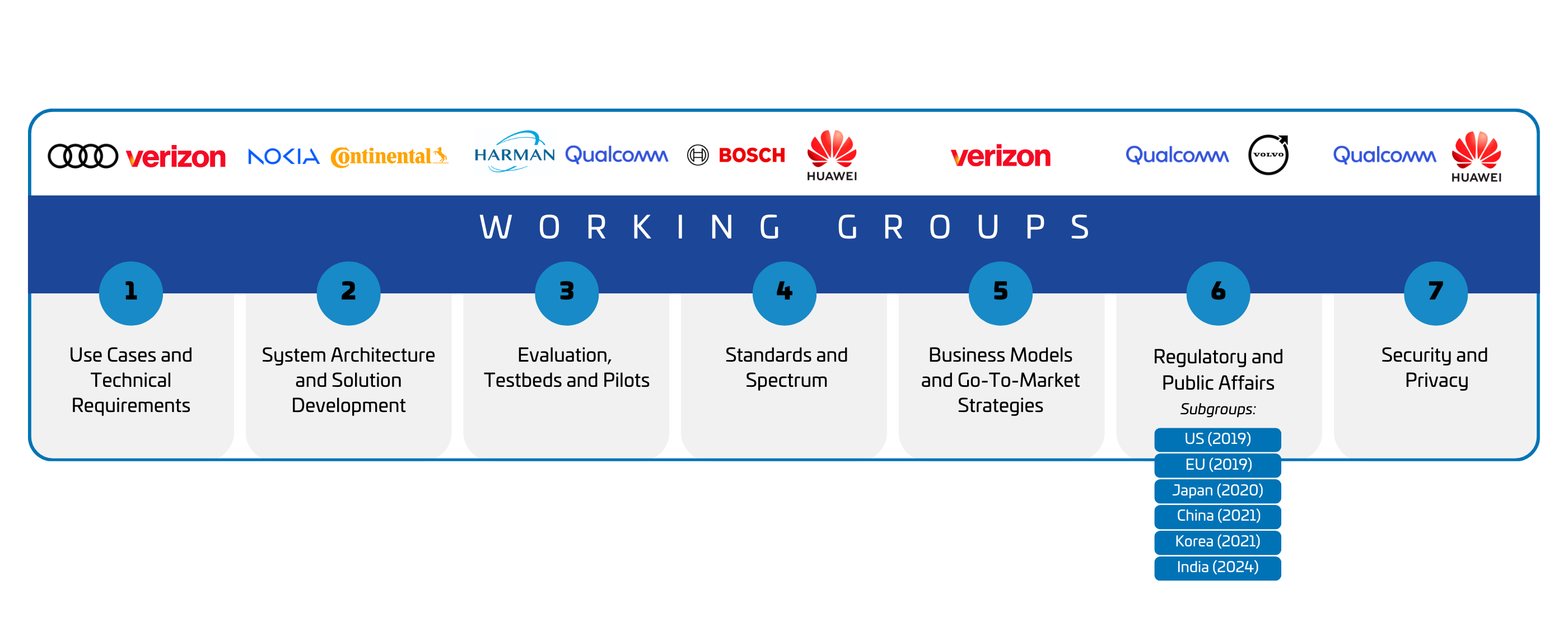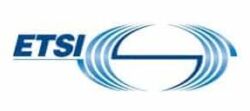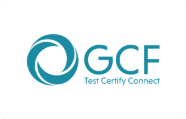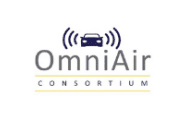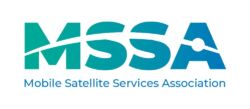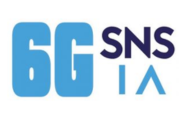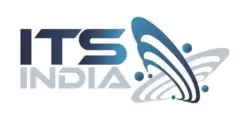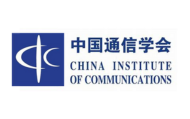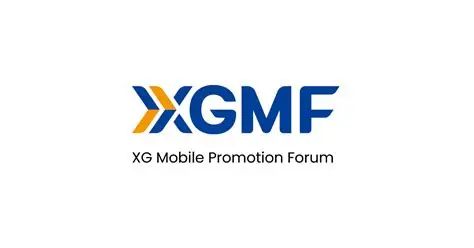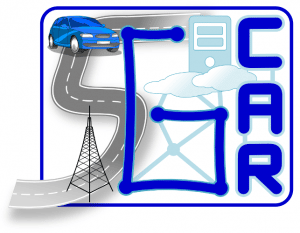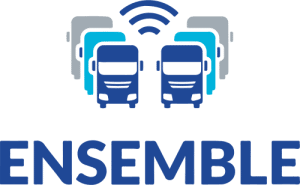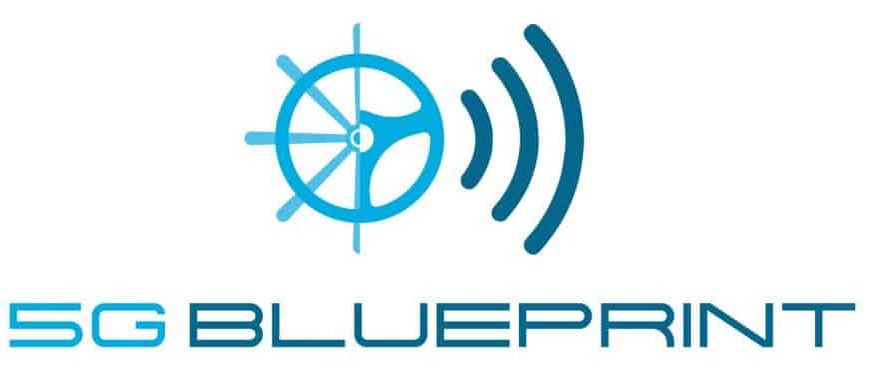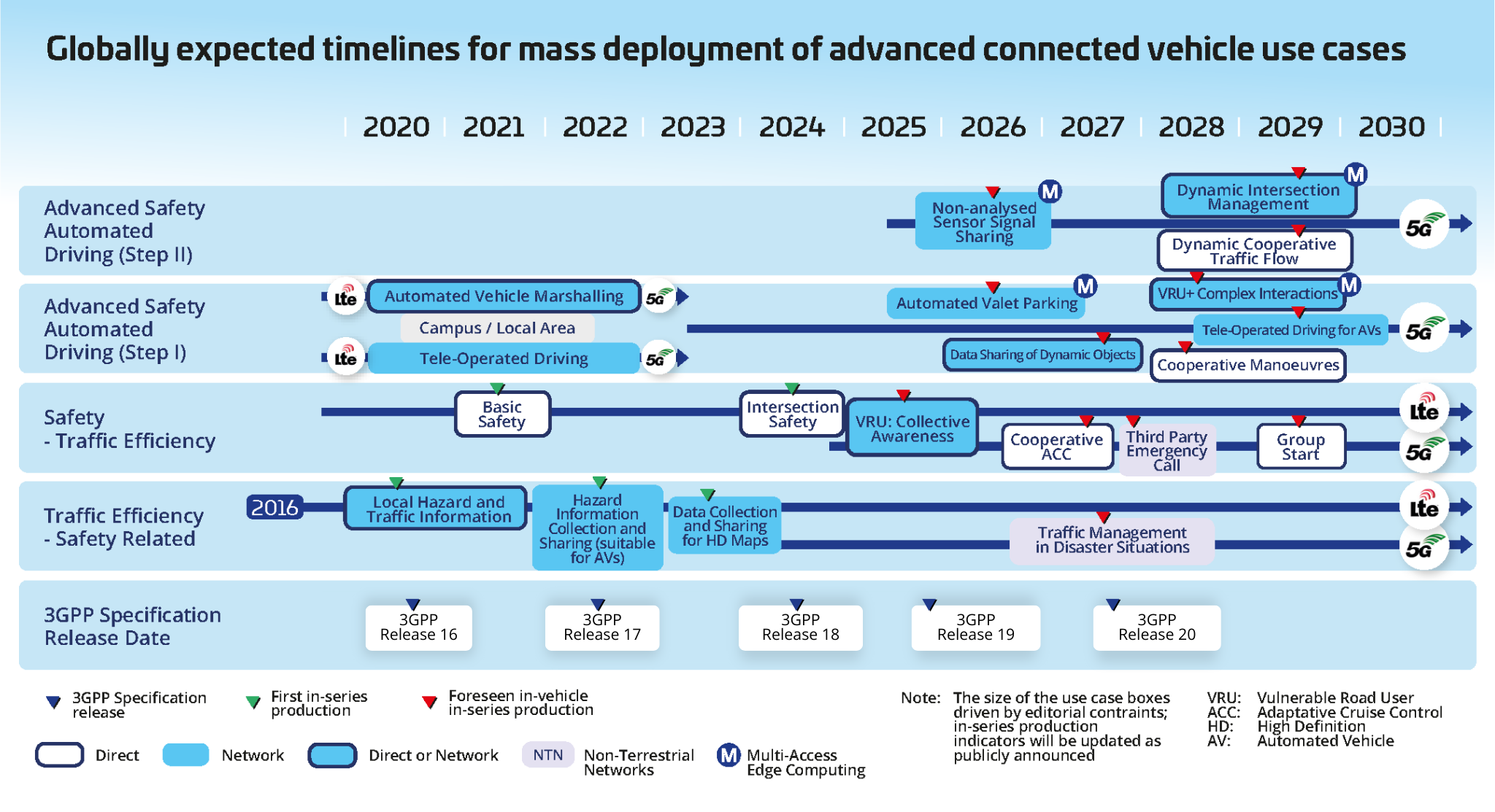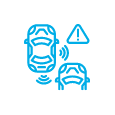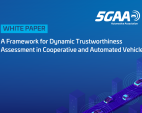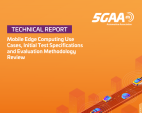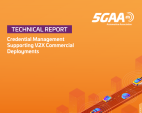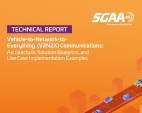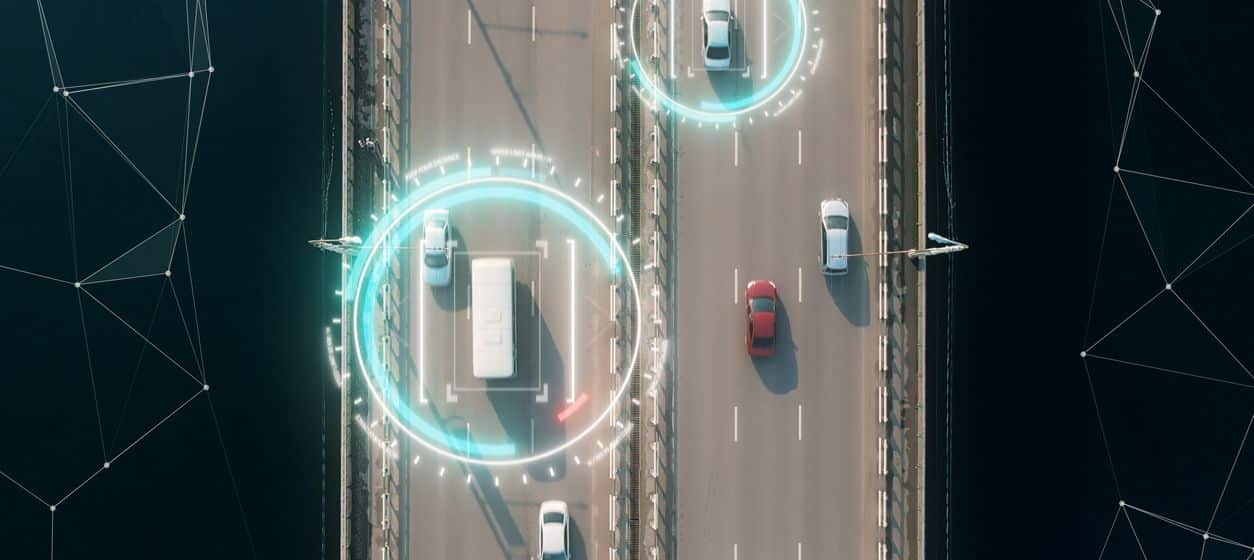Completed Work Items – 2025
Objective:
- The White Paper introduces a dynamic trust assessment framework centred on Actual Trustworthiness Level and Required Trustworthiness Level – metrics that quantify the residual uncertainty about whether external data or system behavior can be trusted based on available evidence and how much trust is needed to meet the operational and safety requirements of the current context.
Objective:
- This second Technical Report edition provides an updated set of Use Case requirements, and a new evaluation methodology review for deployment potential using Mobile Edge Computing (MEC) infra-structure. The work is based on Use Cases (UC) and requirements developed by 5G Automotive Association’s Work Group 1 (WG1) and other organisations, such as the European Telecommunications Standards Institute (ETSI) MEC and China’s IMT 2020 PG.The newly introduced evaluation methodology presented in this TR is examined through discussion of examples and best practices. The aim of this approach is to help OEM’s better evaluate how/when to deploy vehicle features on-board, in MEC, or in a central cloud.
Objective:
- Currently, for V2X direct communication, there is no available common policy (certificate policy for Public Key Infrastructure, or PKI, operators) for Security Credential Management System (SCMS) in the U.S. or Canada.A common Certificate Policy (CP) would help facilitate an ecosystem supporting interoperability and shared trust for V2X direct communication. The Certificate Policy Proposal contributing to this Work Item (WI) evolved into a Technical Report (TR) that develops a clear CP leveraging global best practices for security PKI and practical experience securing V2X direct communication, as well as common processes to facilitate an approach to SCMS.
For V2X mobile network communication, certificates are needed to authenticate interconnected backend systems and to protect communication between the systems. This Technical Report also elaborates on how to handle those certificates.
Objective:
- Provide an overview of how security, privacy, and data quality are addressed for C-V2X using mobile network and backend communications, also known as Vehicle-to-Network-to-Everything (V2N2X) solutions.
Objectives:
- Describe an ecosystem for stakeholders on how to realise various V2X applications and use cases (UCs), using cellular network communications in combination with information sharing structures between backend systems.
- Clarify the different implementation options of the V2X application in a vehicle and their related implications.
- The report complements the V2N2X business perspectives in the 5GAA white paper ‘Road traffic operation in a digital age’ and the technical report ‘Business Perspectives on Vehicle-to-Network-to-Everything (V2N2X) Deployments’.
Objectives:
- The Work Item “Study on Integrated Sensing and Communication for C-V2X Application” aims to discuss the integration of sensing and communication systems into one system from an automotive perspective. The Work Item aims to identify key features relevant for the realization of the selected automotive use cases. The Technical Report outlines the objectives and goals of the work item, implementation descriptions of automotive use cases with ISAC and key technology trends to facilitate the application of ISAC in C-V2X scenarios. The objectives of the work item are thus:
Analysis of ISAC use cases and ISAC concept development
-
- Identify applicable ISAC use cases for connected mobility from 5GAA, academia, standards organizations (SDO) such as 3GPP SA1, etc.
-
- Define criteria/rationales to select a subset of use cases.
-
- Update use cases to identify the value and impact of ISAC technologies.
-
- Derive sensing requirements for selected use cases.
-
- Establish quantitative general metrics to evaluate and measure the performance of ISAC solutions to guide research and standardization.
-
- Describe an ISAC concept based on existing technologies in the automotive sector/field.
Study possible ISAC technology trends
-
- Do state-of-the-art study of the evolution and technology trends of new ISAC features in research and SDOs (e.g. 3GPP, ETSI) and analyze the potential impact on both communication and sensing systems from the automotive
perspective.
- Do state-of-the-art study of the evolution and technology trends of new ISAC features in research and SDOs (e.g. 3GPP, ETSI) and analyze the potential impact on both communication and sensing systems from the automotive
-
- Analyze ISAC technology features relevant for the identified automotive use cases
-
Objective:
- This Technical Report (TR) covers Vehicle-to-Everything (V2X) developments in China from 2022 to 2024. The TR explores ‘C-V2X policies and regulations in China’, ‘C-V2X standardisation in China’, and ‘C-V2X pilot and demonstration areas in China’. The results and conclusions of this report will effectively reinforce overall comprehension by 5GAA members of the state of play of V2X in China, and then provide more effective C-V2X solutions, which will affect the global development of the Internet of Vehicles.
Objective:
- As automated driving increasingly relies on connectivity, ensuring trusted information exchange is critical for functional safety. This 5GAA W hite Paper on Safety Treatment in Connected and Automated Driving (STiCAD II) builds on the initial STiCAD I guidelines, addressing open challenges in applying safety treatment to V2X-enabled automated driving functions. It explores use cases requiring safety treatment, introduces the concept of mutual trust in V2X communications, and examines potential standardisation contributions from 5GAA.
Objective:
- The 5GAA Technical Report on Safety Treatment in Connected and Automated Driving (STiCAD II) documents the latest findings on enhancing safety in V2X-enabled automated driving. Building on the first STiCAD work item, this report explores additional use cases requiring safety treatment, such as sensor sharing and automated valet parking, and introduces a simplified functional safety analysis approach. A key focus is the mutual trust concept, covering technical, organisational, and certification aspects essential for reliable V2X communication. The report also examines potential standardisation contributions and network reliability enhancements.
Objective:
- The 5GAA Technical Report on Automated Valet Parking (AVP) Type-2 outlines the technological framework and implementation details for driverless parking systems. It explores the role of Vehicle-to-Everything (V2X) communication, cellular public networks, Stand-alone Non-Public Networks (SNPN), and PC5 Direct Communication in enabling seamless and secure AVP operations. Key aspects include system architecture, interoperability, security, and deployment considerations. The report emphasises standardisation to ensure cross-vendor compatibility and provides recommendations for optimising network performance. Serving as a reference for automotive and telecommunications stakeholders, it offers actionable insights into scaling AVP solutions while addressing critical safety and operational challenges.
Objective:
- This updated document series from the 5G Automotive Association (5GAA) provides a comprehensive framework for defining and analysing C-V2X use cases and their associated Service Level Requirements (SLRs). It builds upon previous work, refining methodologies for describing use case scenarios, considering factors like road environments and involved actors.
Published in three volumes, each of them includes a curated set of C-V2X use cases, respectively detailed with specific SLRs. These use cases serve as a valuable resource for 5GAA work groups, guiding the development of C-V2X solutions, informing standardisation efforts, and supporting the creation of robust business cases for deployment.




